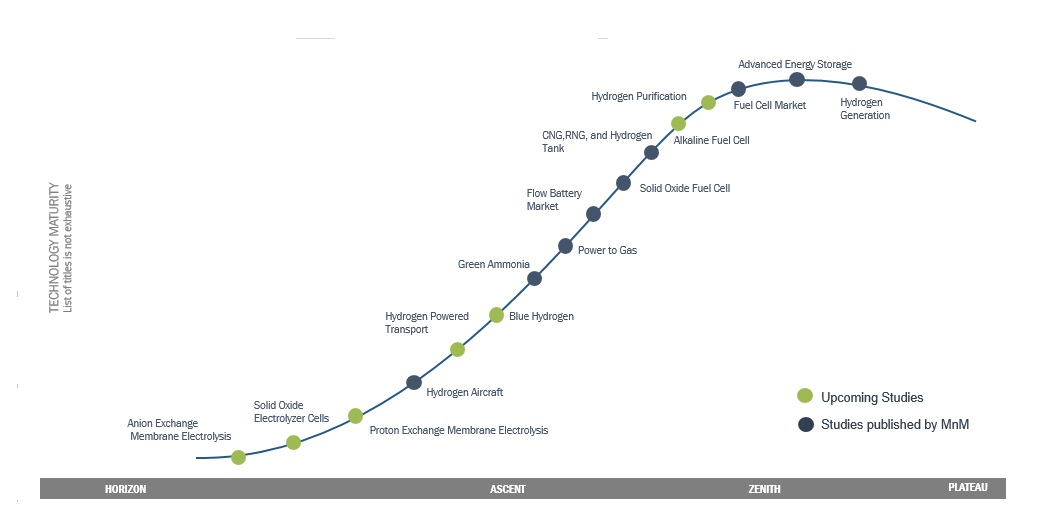
When it comes to monetary policy, two of the most important tools used by central banks (Reserve Bank Of India) are the Repo rate and Bank rate. While they may seem similar on the surface, there are some key differences between the two that are worth exploring. So, let’s take a closer look at the similarities and dissimilarities between Repo rate and Bank rate.
What is Repo rate?
Before we dive into the similarities and dissimilarities between these two rates, let’s first understand what is Repo rate. In simple terms, the Repo rate is the rate at which commercial banks borrow money from the central bank of a country. This borrowing is usually done by the establishments to meet their short-term funding requirements. By adjusting the Repo rate, the central bank (RBI) can influence the interest rates that banks offer to their customers. This, in turn, can affect the overall level of economic activity in the country.
Similarities between Repo rate and Bank rate
One of the most significant similarities between Repo rate and Bank rate is that they are both used by the Reserve Bank Of India to influence the interest rates in the economy. By adjusting these rates, the central bank (RBI) can affect the cost of borrowing for individuals and businesses. This can have a knock-on effect on spending and investment, which can impact economic growth.
Another similarity between these two rates is that they are both key tools in the arsenal of a central bank. While the Repo rate is used to regulate short-term funding, the Bank rate is used to regulate long-term funding. By using these two rates in combination, central banks can have a more significant impact on the economy.
Dissimilarities between Repo rate and Bank rate
While there are some similarities between these two rates, there are also some significant differences that are worth exploring.
One of the most significant differences between Repo rate and Bank rate is the purpose they serve. The Repo rate is used to regulate short-term funding, while the Bank rate is used to regulate long-term funding. This means that they have different impacts on the economy.
Another key difference between these two rates is the way in which they are calculated. The Repo rate is calculated based on the cost of borrowing for commercial banks, while the Bank rate is calculated based on the cost of borrowing for the central bank itself.
SLR rate and its relationship with Repo rate
Another factor that is worth considering when discussing the Repo rate is the Statutory Liquidity Ratio. The SLR rate is the percentage of a bank’s total deposits that it is required to hold in the form of liquid assets such as cash, gold, or government securities. The purpose of the SLR rate is to ensure that banks have sufficient reserves to meet their depositors’ demands.
The SLR rate is closely linked to the Repo rate because it can impact the cost of borrowing for commercial banks. If the SLR rate is high, banks will have to hold more liquid assets, which can reduce their lending capacity. This, in turn, can increase the cost of borrowing for consumers and businesses. On the other hand, if the SLR rate is low, banks will have more funds available for lending, which can reduce the cost of borrowing.
The impact of Repo rate on home loans
One area where the Repo rate has a significant impact is on home loans. When the central bank reduces the Repo rate, it becomes cheaper for commercial banks to borrow money. This, in turn, can lead to a reduction in the interest rates offered by banks on home loans. This can make home loans more affordable for individuals and can encourage more people to take out mortgages.
On the other hand, if the central bank increases the Repo rate, it becomes more expensive for commercial banks to borrow money. This can lead to an increase in the interest rates offered by banks on home loans. This can make home loans less affordable for individuals and can discourage them from taking out mortgages.
It’s important to note that the impact of the Repo rate on home loans can vary depending on a range of factors. For example, if the economy is experiencing high inflation, the central bank may increase the Repo rate to try to curb inflation. This can lead to an increase in the interest rates offered by banks on home loans, even if the Repo rate has not increased significantly.
Conclusion
To sum it up, the Repo rate and Bank rate are both crucial tools used by central banks to influence the economy. While they share some similarities, they also have some significant differences that are worth considering. The Repo rate is used to regulate short-term funding, while the Bank rate is used to regulate long-term funding. The SLR rate is closely linked to the Repo rate and can impact the cost of borrowing for commercial banks. Finally, the Repo rate has a significant impact on home loans, with lower Repo rates leading to lower interest rates on mortgages.
So, whether you are a banker or a homeowner, it’s essential to understand these rates and how they can impact the economy and your personal finances. And if you are looking to take out a home loan, keep an eye on the Repo rate, as it can have a significant impact on your borrowing costs. But no matter what the rates are, just remember that a home is where the heart is (and where you store all your stuff).



